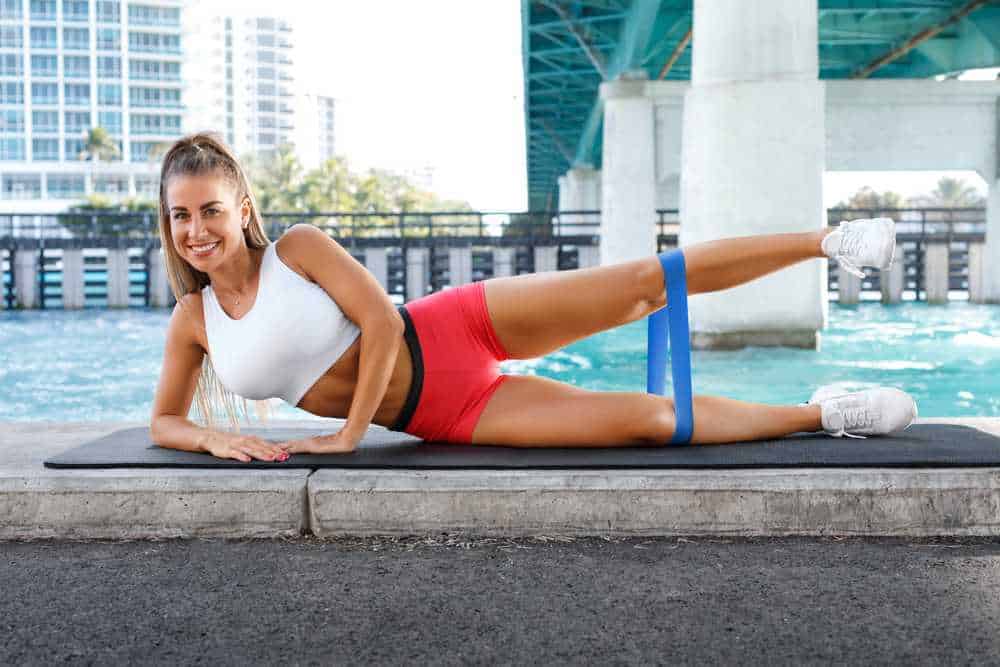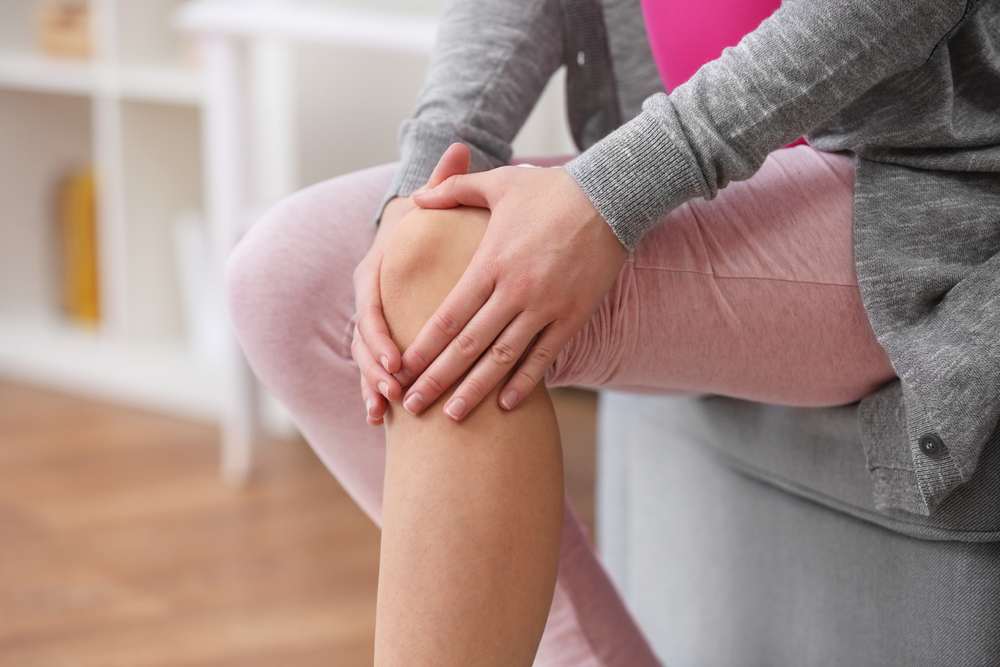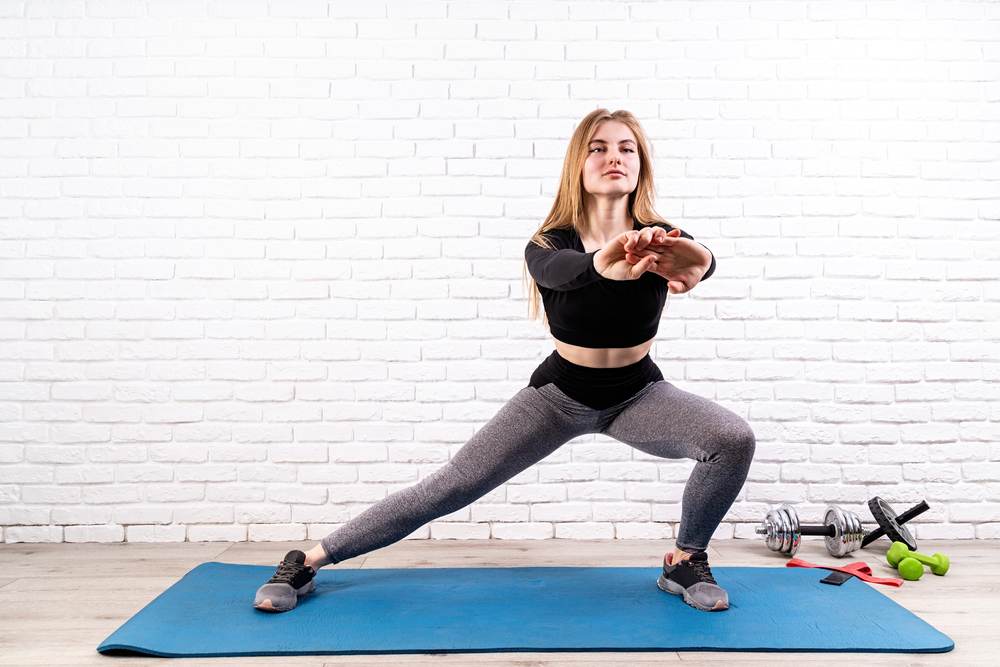
Knee Injuries That Benefit From Knee Exercises
Stretches and knee exercises can help relieve knee pain caused by certain conditions, including patellofemoral pain, chronic degenerative meniscus tears, and osteoarthritis.
Patellofemoral Pain Syndrome

Exercise can help reduce or eliminate the problems that lead to this cartilage irritation. The tight muscles on the side of the knee can be loosened by stretching them; often, these tight muscles pull the kneecap out of the groove as it moves, and the stretching will help to stop this. Stretching tight muscles throughout the entire leg and strengthening weak hip muscles can also reduce discomfort related to patellofemoral pain syndrome.
Chronic Degenerative Meniscal Tears
Chronic degenerative meniscus tears occur when one of both pads of cartilage that cushion the knee joints tears or deteriorates. It may cause pain and a locking or sticking sensation in your knee. Surgery is sometimes necessary with this condition; however, a specialist will often recommend physical therapy to help reduce discomfort and take pressure off the joint by building up the muscles around the knee.
Osteoarthritis
Osteoarthritis is caused by years of wear and tear that breaks down the knee cartilage, often leading to chronic joint inflammation. You are more at risk for osteoarthritis if you’re over the age of 50 or if you have had other related injuries in the past. Nothing can reverse this condition; however, you can reduce the pain by building up the muscles around the knee, pelvis, and core. Strengthening these muscles can help to take pressure off the joints, and stretching to increase flexibility can help the joints to function properly.
Safety for Performing Exercises While Experiencing Knee Pain
As long as your doctor tells you that it’s okay, one of the best things that you can do for your knee pain is to strengthen the muscles that support your knee and also keep them flexible. It’s important to start slowly and to build up to prevent injury. Your specialist will help you determine which specific exercises are good for you.
It’s also important to make sure that you warm up prior to exercising. You can warm up by riding a stationary bike for five minutes or taking a walk. Warming up will help you get more out of your workout while also preparing you to stretch and lowering the risk of injury.
Types of Exercises to Help Your Knee Pain

Side Leg Raise
Side leg raises work your glutes as well as your hip abductor muscles. The hip abductor muscles help you to stand, walk, and rotate your legs. These muscles are located outside your hips, and strengthening them can help prevent and treat pain in the hips and knees.
To perform a side leg raise, you will lay on your side with your legs on top of each other while cradling your head in your hand with your other hand in front of you. Next, you will raise your top leg as high as you can while remaining comfortable. You should pause briefly at the top and then lower the leg. Once you are finished with your sets on one side, you will turn over and complete the exercise on the opposite side. As it becomes easier to perform side leg raises, you can add ankle weights to further build strength in your leg muscles. You will feel the side leg raise on the side of your hips.
Straight Leg Lift
The straight leg lift will help to strengthen your hip flexor muscles and quadriceps. To perform a straight leg lift, you will lay down on the floor on your back with one leg bent and one laying down straight in front of you. You will then contract the quad muscle of the straight leg and slowly raise your leg until it’s the same height as the bent knee. Pause briefly at the top and then lower the leg back down to the floor. Once you have completed the sets on one side, you will do the same for the opposite side. As the straight leg lift becomes easier to do, you can add ankle weights to further build leg muscle strength.
Standing Quad Stretch
The standing quad stretch will help fine-tune your balance and help to loosen up the quads. To perform a standing quad stretch, you will stand with your feet hip-width apart and then grab your ankle with the hand on the same side of your body. You will pull your ankle up towards your lower back and hold this pose. You can also raise your opposite arm toward the ceiling for balance help, or you can keep it down at your side. After 30-60 seconds, you will switch sides and repeat. You will feel the standing quad stretch in your quad muscles.
Side Lunge
Side lunges work the muscles on the inside of your thighs that help to stabilize the hips, known as the adductors. Tight adductors can lead to instability in your hips, pelvis, and knees. To perform a side lunge, you will lunge out to one side, bending the knee and keeping the opposite leg straight. It’s important to keep the foot of your straight leg on the ground as much as you can. You can also place your fingertips on the floor to help your balance if necessary. You should hold this for 30-60 seconds and then switch sides. You will feel this stretch in your hips and inner thighs.
Calf Stretch
Calf stretches will help loosen your calves resulting in reduced pressure on the back of your knee. It can also help to reduce the pressure on your feet, specifically your heel. To perform a calf stretch, you will stand in front of a wall with one leg in front of you, slightly bent, and the other leg straight behind you. You will then push against the wall with both hands while keeping your back leg straight with the heel planted on the floor. After holding this pose for 30-60 seconds, you should switch sides and repeat. You will feel the calf stretch in the back of your leg.
Figure Four Stretch
The figure four stretch will help to loosen the glute muscles, which will help them engage better. Tight glute muscles can lead to the quads taking too much impact and putting additional pressure on the knees. This can cause pain down the entire leg as well as back pain.
To perform a figure four stretch, you will lay down on the ground on your back. Next, you will bend one knee while keeping the foot of that leg on the ground. You will then cross your opposite foot over the quad of the bent leg. Slowly pull the bent leg toward your chest and hold the pose for 30-60 seconds. Once complete, switch sides and repeat.
Get Treated Today
Visit AICA Orthopedics to learn more about how our team of doctors can help you receive a proper diagnosis and provide you with an effective treatment plan for your knee injury. Our specialists will talk you through all of your options for your injury, and our orthopedic doctors will help you determine what treatment will work best for you. We also have physical therapists who work alongside our orthopedic surgeons and other specialists to ensure that you receive quality, comprehensive care as you recover. Call or visit us online to get started at an AICA Orthopedics location near you.
